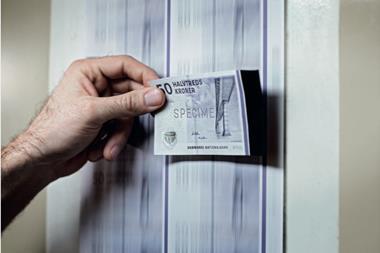Denmark’s pension providers generated a total return of DKK251bn (€33.7bn) last year, with more than half of this coming from derivatives, corresponding to an annual return of approximately 6.1%, the country’s central bank reported.
Returns for individual pension providers varied in 2020 from 7.8% for the year’s 10 strongest-performing firms to -1.4% for the 10 with the lowest returns, the bank said.
The main reason for these differences was the product mixes that firms offered, it said, since products carried different risks and different return guarantees.
Danmarks Nationalbank said in its statistical report released on Wednesday: “The pension companies recorded particularly large returns on their derivatives in 2020.”
Pension providers used interest rate derivatives to hedge the risk of interest rate falls, it said, and currency derivatives to protect returns against exchange rate losses on foreign assets.
“The large interest rate falls at the beginning of 2020 thus yielded positive returns on interest rate derivatives,” the bank said, adding that at the end of the year, the falling exchange rate of the dollar had generated particularly high returns on currency derivatives.
The central bank revealed that in March, when market prices collapsed during the onset of the coronavirus pandemic, Danish pension assets overall had registered a year-to-date loss of DKK255bn.
Around 40% of Danish pension savings were invested in equities, mostly foreign, it said, with this asset class having the largest negative effect on overall returns in March, but ending the year with a 4.6% or positive DKK85bn return after the market recovered.
Foreign government bonds and Danish mortgage bonds also contributed to positive returns in 2020, according to the data, generating DKK14.9bn and DKK12.9bn, respectively.











No comments yet